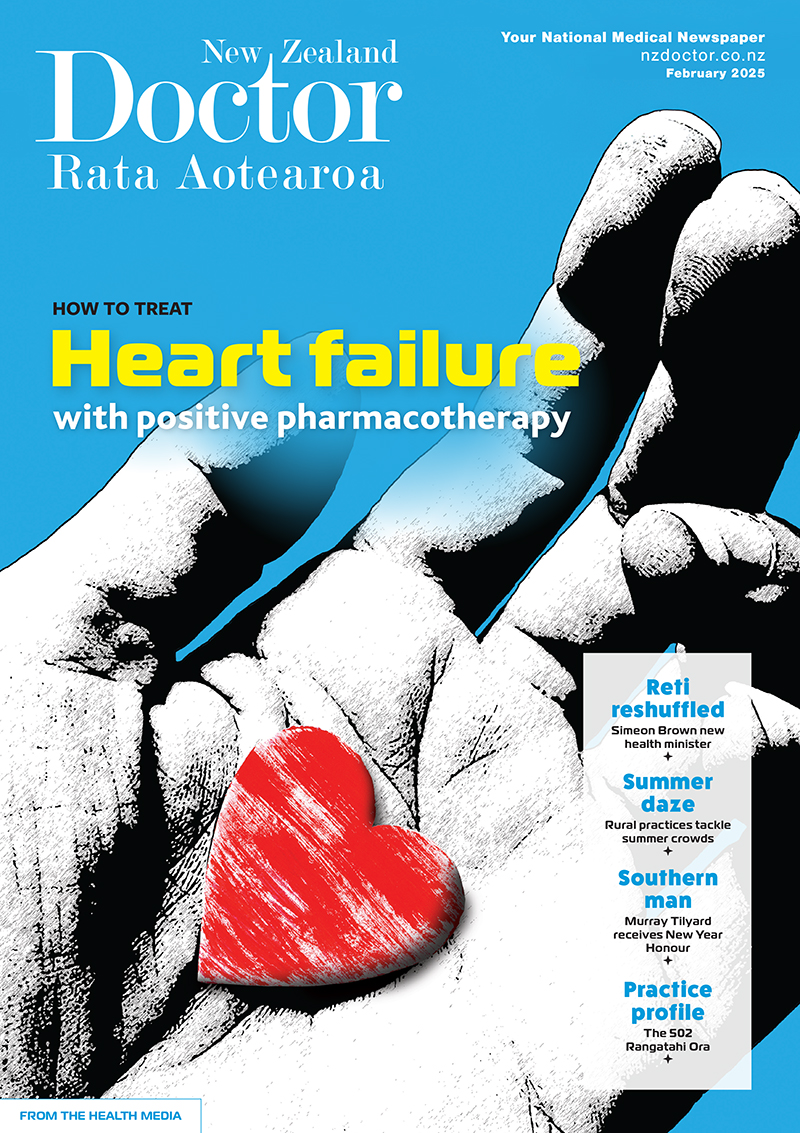Pharmacist prescribers Linda Bryant and Leanne Te Karu discuss positive polypharmacy for heart failure. Current evidence shows the intensive implementation of four medications offers the greatest benefit to most patients with heart failure, with significant reductions in cardiovascular mortality, heart failure hospitalisations and all-cause mortality
No evidence for routine systemic antibiotics for venous leg ulcers
Vault Navigation
No evidence for routine systemic antibiotics for venous leg ulcers
How effective are systemic antibiotics and topical antibiotics and antiseptics for healing venous leg ulcers?
There was no evidence to support the routine use of systemic antibiotics in promoting healing of venous leg ulcers. In terms of topical preparations, some evidence supported the use of cadexomer iodine but not the routine use of honey-based or silver-based products. Cadexomer iodine was associated with more frequent adverse effects than standard care. No definitive conclusions could be drawn about the effectiveness of topical povidone-iodine, peroxide-based preparations, ethacridine, chloramphenicol, framycetin, mupirocin or chlorhexidine.
The sparse evidence from randomised controlled trials recruiting participants with infected wounds, the variation in outcome assessment and uncertainty of the role of wound infection or contamination in delaying healing, meant that it was difficult to interpret the effects of antibiotics and antiseptics on both healing and infection. Follow-up in most of the trials was short (4–12 weeks). In light of the increasing problem of bacterial resistance to antibiotics, current prescribing guidelines recommend that antibacterial preparations should be used only in cases of clinical infection, not for bacterial colonisation.
Venous leg ulcers are a type of chronic wound affecting up to 1% of adults in developed countries at some point during their lives. Many of these wounds are colonised by bacteria or show signs of clinical infection. The presence of infection may delay ulcer healing. Two main strategies are used to prevent and treat clinical infection in venous leg ulcers: systemic antibiotics and topical antibiotics or antiseptics.
O’Meara S et al. Antibiotics and antiseptics for venous leg ulcers. Cochrane Reviews, 2014, Issue 1. Art. No.: CD003557.DOI: 10.1002/14651858. CD003557.pub5. This review contains 45 studies involving 4486 participants.
Cochrane Systematic Reviews for primary care practitioners
Developed by the Cochrane Primary Care Field, New Zealand Branch of the Australasian Cochrane Centre at the Department of General Practice and Primary Health Care, University of Auckland and funded by the Ministry of Health and New Zealand Doctor. PEARLS are meant for educational use and not to guide clinical care. New Zealanders can access the Cochrane Library free via www.cochrane.org.nz


